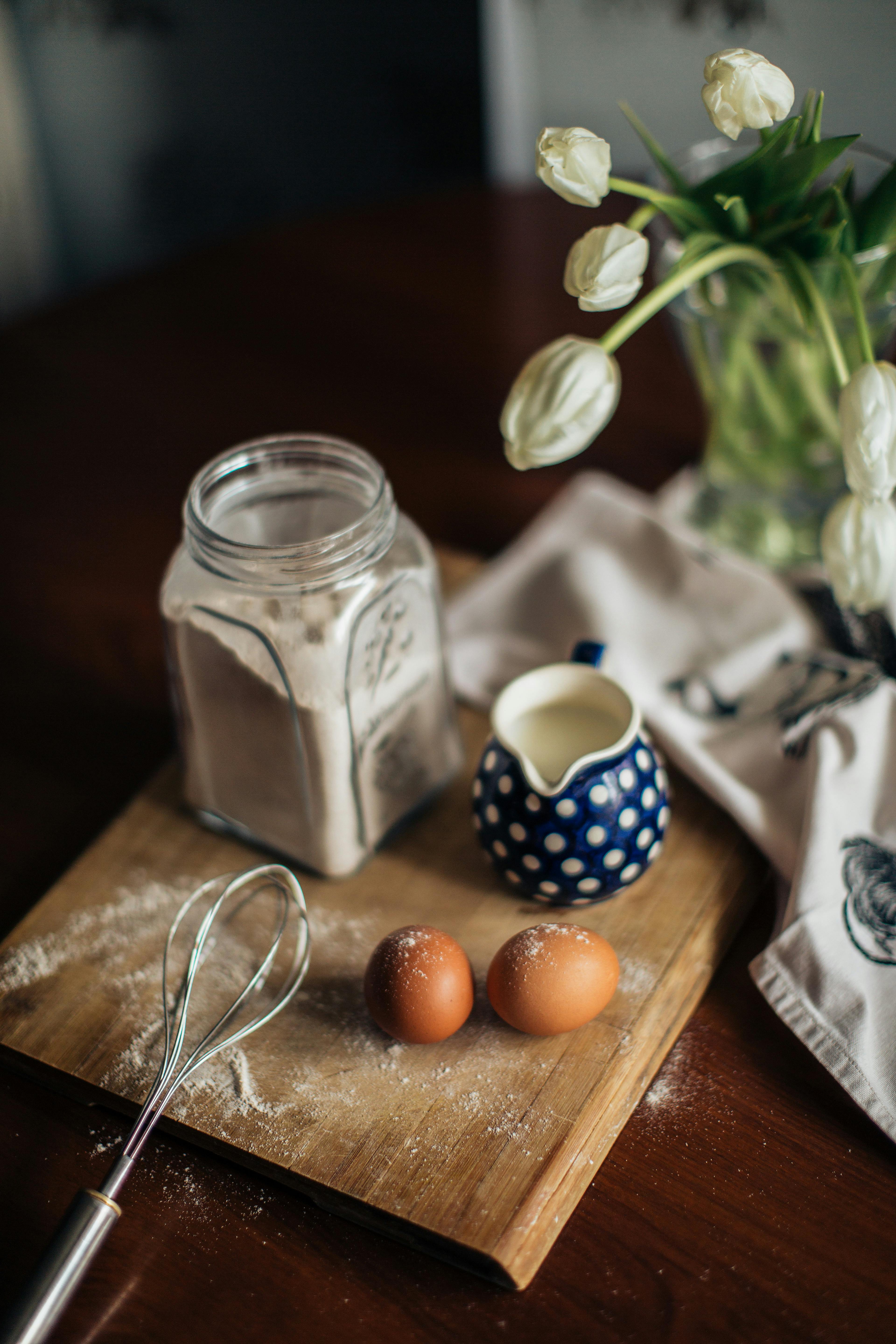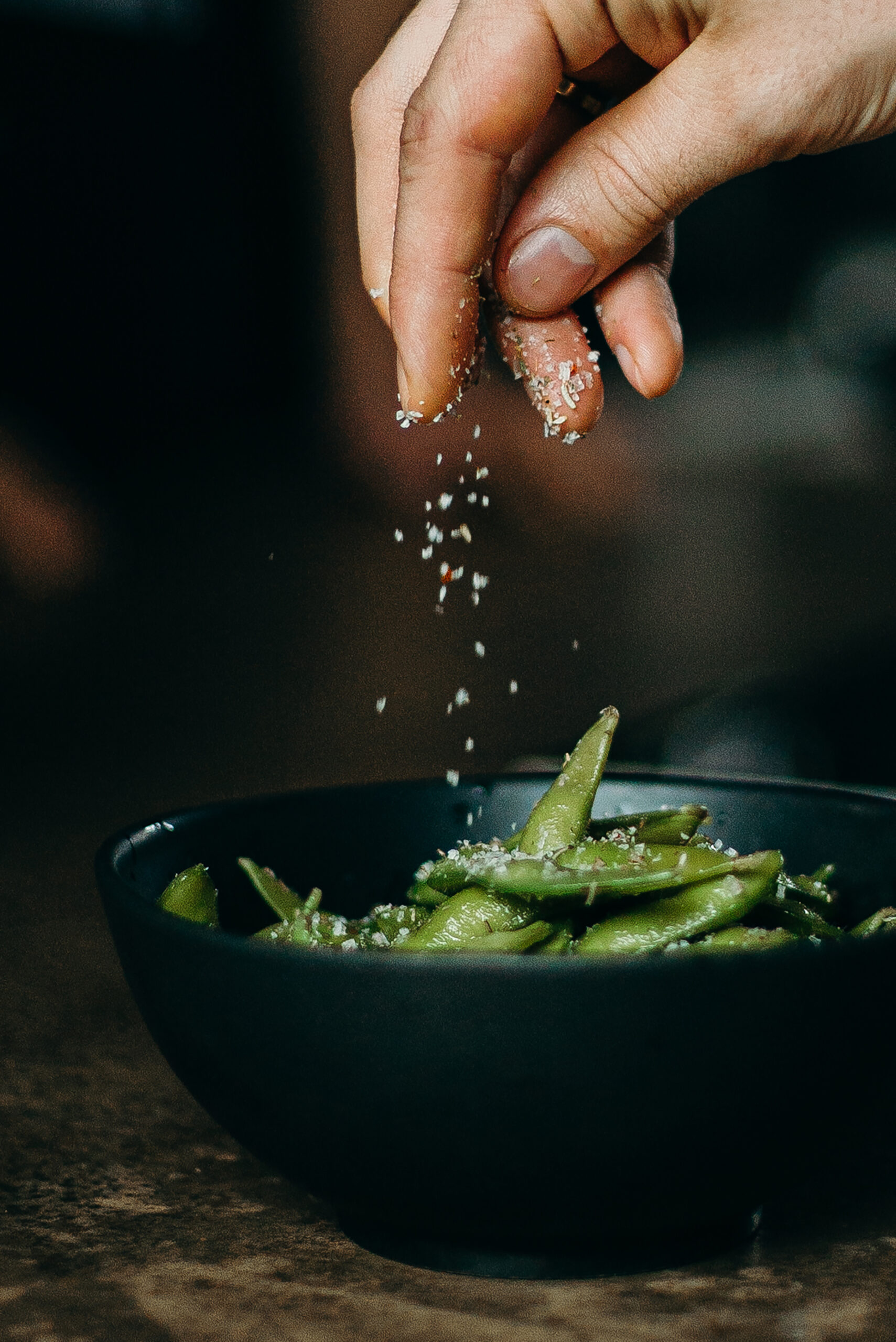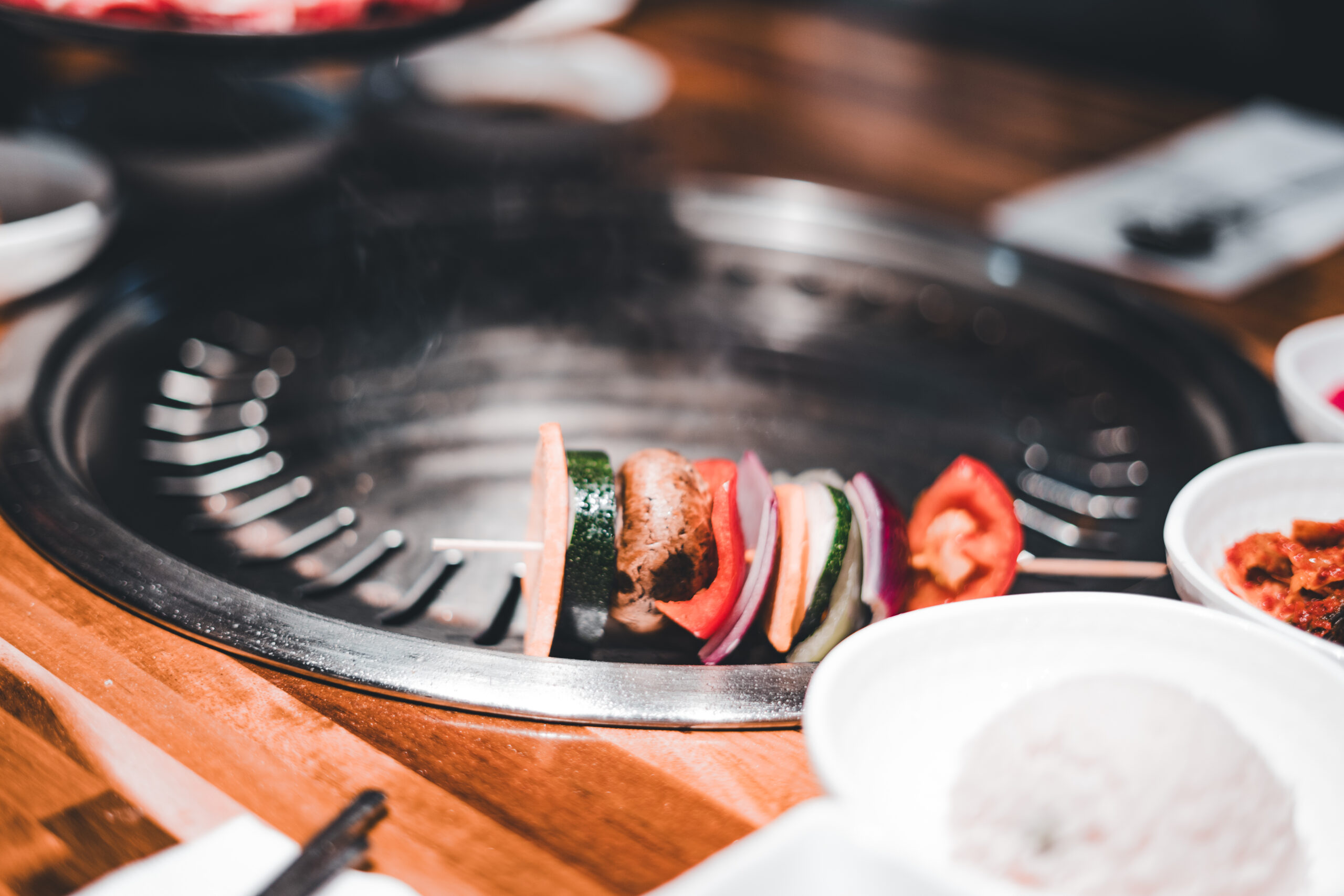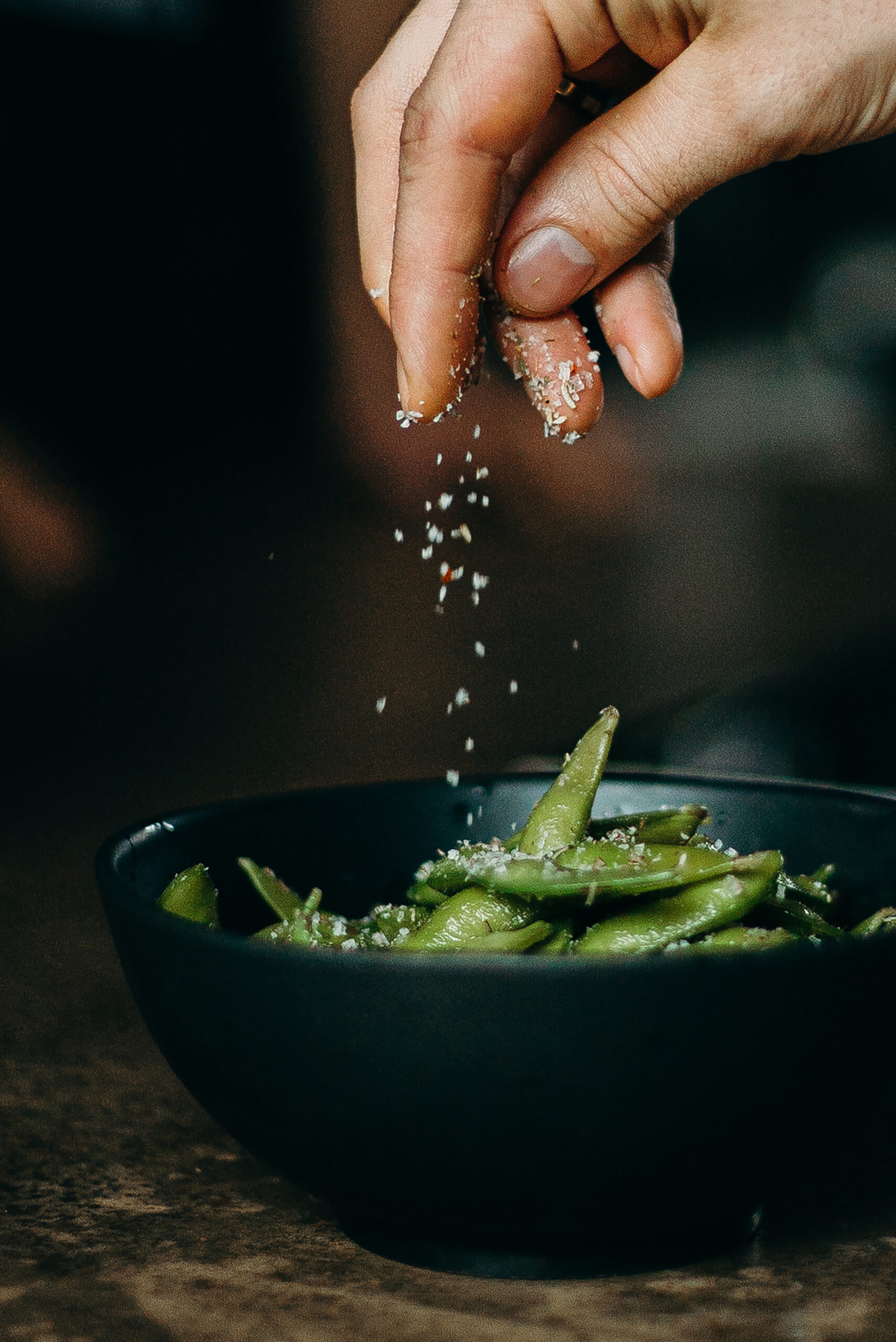In the world of culinary delights, there is an art that involves time, patience, and the perfect balance of flavors. It’s called simmering, and it’s all about cooking food at a low and slow pace. Simmering allows ingredients to meld together, creating rich and complex flavors that tantalize the taste buds. In this article, we invite you to explore the secrets of perfecting the art of simmering. Discover the techniques, tips, and tricks that will elevate your cooking game to new heights, as you transform ordinary ingredients into extraordinary dishes. Get ready to savor the slow-cooked goodness that awaits you in your very own kitchen.

Choosing the Right Ingredients
When it comes to simmering, choosing the right ingredients is key to achieving a flavorful and successful dish. Freshness is paramount in order to bring out the best flavors in your recipe. Fresh vegetables and herbs will not only provide a vibrant taste but also contribute to the overall texture of your dish. Look for ingredients that are in season and locally sourced for the best results.
While it may be tempting to throw a multitude of ingredients into your simmering pot, remember that quality should always take precedence over quantity. A well-chosen few ingredients can create a more harmonious and balanced flavor profile. Consider the main flavor components of your dish and select ingredients that will complement and enhance each other. This will result in a more nuanced and enjoyable final product.
Balancing flavors is another important aspect of simmering. By combining ingredients that have varying degrees of sweetness, acidity, and umami, you can create a well-rounded and complex taste. Experiment with different flavor combinations and adjust the ratios of ingredients to find the perfect balance for your dish.
Preparing Your Ingredients
Preparing your ingredients properly before simmering is essential for achieving the desired texture and taste in your dish. Mastering proper knife skills will not only make your cooking process more efficient but also ensure uniformity in the size of your ingredients. This is important because ingredients that are cut to the same size will cook more evenly, resulting in a more consistent texture.
Mise en place, a French culinary term meaning “everything in its place,” is a technique that involves prepping and organizing all your ingredients before you start cooking. By having everything measured, chopped, and ready to go, you can focus on the cooking process without any interruptions. This not only saves time but also reduces the chances of overcooking or burning your ingredients.
Marinating is another technique that can add flavor and tenderness to your ingredients before simmering. Marinating meat, for example, allows the flavors to penetrate deeply and infuse the dish with deliciousness. It also helps to tenderize the meat, making it more succulent and juicy when cooked.

The Importance of Heat Control
Simmering is all about cooking at low temperatures over an extended period of time. By keeping the heat low, you allow the flavors to develop slowly and evenly, resulting in a rich and well-rounded taste.
Maintaining a slow and even heat is crucial for achieving the desired texture and tenderness in your ingredients. Rapid fluctuations in temperature can lead to uneven cooking and tough or overcooked ingredients. Use a low flame or heat setting on your stove and keep a close eye on the simmering process.
If you find it difficult to control the heat on your stovetop, using a heat diffuser can be a game-changer. A heat diffuser is a handy tool that helps distribute heat evenly, preventing hotspots and ensuring that your ingredients simmer gently and consistently.
Selecting the Right Cookware
Choosing the right cookware is essential for successful simmering. Non-reactive materials like stainless steel, enamel, or glass are ideal for simmering acidic ingredients like tomatoes or lemon juice. Reactive materials such as aluminum or cast iron can potentially affect the taste of your dish.
Thick-bottomed pots and pans are preferred for simmering as they distribute heat more evenly and prevent scorching or burning. Their ability to retain heat also helps maintain a gentle simmer throughout the cooking process.
Consider the size of your cookware when simmering. Using a pot or pan that is too large for the amount of ingredients may result in overcooking. On the other hand, using a small pot can lead to overcrowding, uneven cooking, and difficulties in stirring or maintaining a steady simmer. Choose a size that allows your ingredients to have enough space to simmer and mingle together.

Mastering Different Simmering Techniques
Simmering is not a one-size-fits-all technique, and mastering different simmering techniques will elevate your culinary skills.
A gentle bubbling simmer is the most common and widely used technique. It involves maintaining a slow and steady simmer with small, gentle bubbles breaking the surface. This technique is perfect for soups, stews, and sauces that require a longer cooking time.
Barely simmering is a technique used when you want to keep your ingredients intact and maintain their shape. This technique is often used for delicate proteins like fish or poached eggs. By barely simmering, you ensure that the ingredients are cooked through without losing their delicate texture.
Slow poaching is a technique used for ingredients that need to be cooked gently and evenly. This method involves submerging the ingredients in a flavorful liquid and simmering them slowly until they reach the desired level of doneness. Slow poaching is often used for tough cuts of meat or fruits that need to be tenderized.
Timing and Seasoning
Timing is crucial when simmering ingredients. Allowing enough time for the flavors to develop and the ingredients to cook through is essential for a successful simmering dish. It’s important to exercise patience and resist the temptation to rush the process. Remember, simmering is a slow and steady cooking technique that rewards those who are willing to wait.
Seasoning your dish throughout the simmering process is key to achieving a well-balanced and flavorful end result. Taste your dish periodically and adjust the seasonings as needed. This ensures that the flavors are fully developed and that every bite is packed with deliciousness.
Adding fresh herbs at the end of the simmering process can elevate the flavors of your dish to new heights. Herbs like basil, parsley, or cilantro provide a burst of freshness and brightness that complement the slow-cooked flavors. Chop the herbs finely and sprinkle them over your dish just before serving for an added pop of flavor.
Enhancing Flavors with Aromatics
Aromatics are ingredients like onions, garlic, or ginger that add depth and complexity to your simmering dish. To maximize their flavors, sauté your aromatics before adding them to the simmering pot. Heating them in oil or butter helps release their natural oils and intensifies their flavors. This technique is often used to enhance the savory notes in dishes like soups, stews, or curries.
Using whole aromatics, like a whole onion or bouquet garni (a bundle of herbs tied together), allows the flavors to infuse into the dish while remaining easily removable. This way, you can enjoy the aromatic flavors without having to bite into chunks of garlic or onion.
Infusing your simmering dish with spices is another way to enhance the flavors. Toasting whole spices before adding them to the pot can intensify their fragrance and depth of flavor. You can also use ground spices, but be mindful of their potency and adjust the quantities accordingly. Experiment with different spice combinations to create unique and aromatic flavor profiles.
The Advantages of Simmering
Simmering offers several advantages that make it a popular cooking technique for a variety of dishes.
One of the main advantages of simmering is its ability to tenderize tough cuts of meat. By cooking the meat slowly and gently over a long period of time, the collagen breaks down and transforms into gelatin, resulting in meat that is tender and melt-in-your-mouth delicious. Simmering is perfect for dishes like pot roasts or stews that feature tougher cuts of meat.
Simmering also helps develop rich flavors in your dish. The low and slow cooking process allows the flavors to meld together, intensify, and create a depth that cannot be achieved through other cooking methods. The result is a dish that is bursting with complex and harmonious flavors.
Additionally, simmering is a cooking technique that preserves the nutrients in your ingredients. Unlike high-heat cooking methods, simmering retains most of the vitamins and minerals, ensuring that your dish is not only flavorful but also nutritious.
Troubleshooting Common Issues
While simmering is generally a foolproof cooking technique, common issues can arise. Here are some tips to troubleshoot these problems:
Simmering too rapidly can lead to overcooking or uneven textures. If you find that your dish is simmering too vigorously, reduce the heat to the lowest possible setting or move it to a cooler burner. You can also partially cover the pot with a lid to regulate the simmering process.
If you find that your dish lacks flavor, it may be due to under-seasoning or insufficient cooking time. Taste your dish and adjust the seasonings accordingly. Additionally, give your dish ample time to allow the flavors to develop and meld together.
Overcooking can occur if you let your dish simmer for too long. Pay attention to the cooking time specified in the recipe and test the doneness of your ingredients periodically. If you find that your dish is overcooked, adjust the cooking time for future reference and make a note of it.
Simmering is a versatile and rewarding cooking technique that brings out the best flavors in your ingredients. By following these tips and techniques, you can master the art of simmering and create delicious and comforting dishes that will impress your family and friends. Happy simmering!

